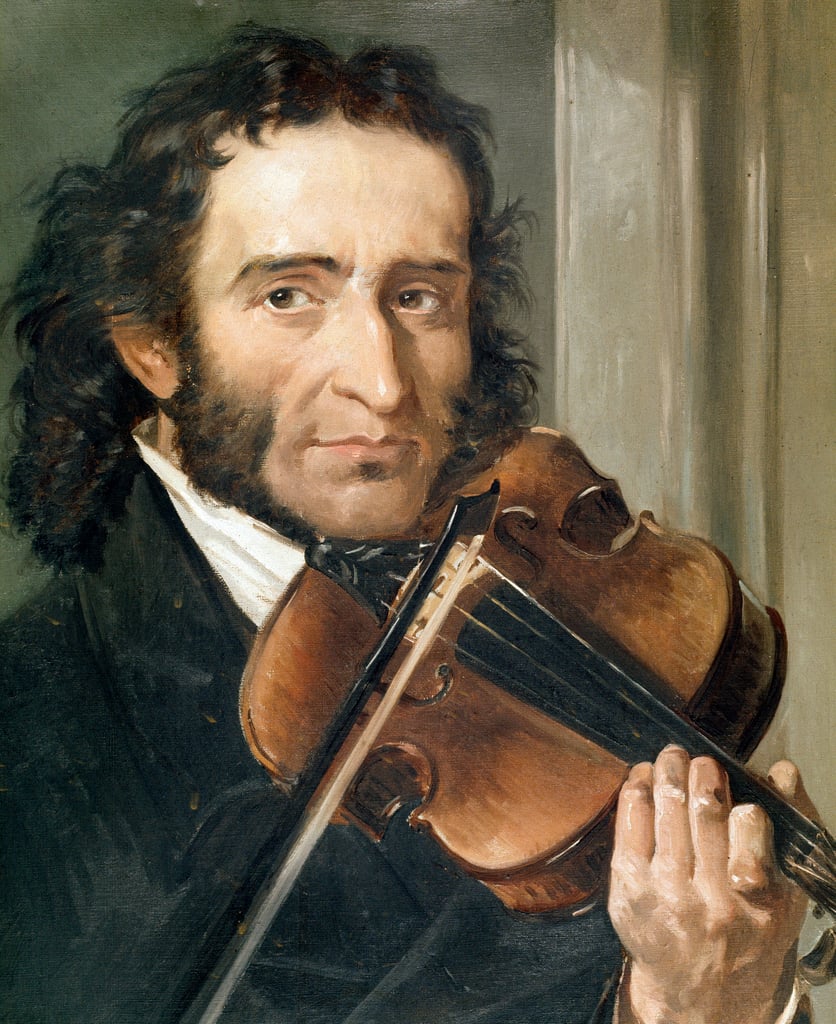Looking
for a great gift for that classical music-loving friend or relative? You need
not look any longer. Deutsche Grammophon just released The History of Classical Music in 24 Hours. This 24-disc set (yes,
24!) walks avid music lovers through the history of classical music from the
Middle Ages to the 21st century, providing top-notch performances
and online liner notes to accompany the listening experience. If you enjoy learning the history of music on Clef Notes, then this is the perfect CD set for you! For more
information, check out this link or stay tuned as we may just be offering this
great set in an upcoming fund drive!
| Courtesy of deutschegrammophon.com |

